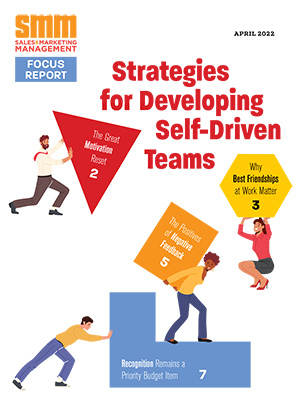In the last week I came across two examples of inadvertent naming mistakes with harmful consequences. I hope these examples help you avoid repeating these mistakes.
1. Use as few names as possible
MIT graduates raising money on Kickstarter for a compact, lightweight universal power adaptor named their company FINsix and their product Dart. What’s the problem?
Even the people who enthusiastically support Dart on Kickstarter are busy and distracted. Not only are they unlikely to remember both names, two names reduces the chances that they’ll remember either name. If they want prospects to help spread the word, Dart’s inventors should stick with one name.
So why didn’t they? The Dart.com URL was already taken. OK, but they could have bought dartplug.com. Visions of future product lines may make them hesitate to anchoring their company to their first product. This is a common mistake. Many start-up ventures avoid naming their companies after their premier product – wanting to suggest that they’ll soon have a stable of successful products.
The Dart team didn’t know about Instinctive Technology but Instinctive’s story might help you avoid the same mistake.
Founded in 1996, Instinctive Technology developed a product called eRoom for secure document collection and collaboration. Although they made some impressive early sales and invested in marketing, the Instinctive Technology team struggled to achieve brand recognition until they renamed the company eRoom. The new name was not only descriptive of their service but focused all their marketing efforts on one name. eRoom was acquired by Documentum in 2002, which was swallowed up by EMC in 2003.
This warning is not just for start-ups. After reaching $1B revenue in 1994 and spending millions on brand advertising, Lotus was stupefied by results of our brand research. Many users thought 1-2-3 was both the name of our spreadsheet and our company.
2. Avoid non-descriptive product names
Prospects are lazy, resistant, and stubborn. They are not motivated to learn our fancy product or company names.
Progress Software is a $300M public company whose flagship product, OpenEdge, is used by hundreds of software companies to develop and deliver their solutions. In 2013, Progress recently announced Progress Pacific, an “application platform as a service” (aPaaS) to enable software companies to quickly develop and deliver their hosted web-based or mobile solutions. Now, they challenge customers and prospects to absorb and remember three things: Progress, Pacific, and PaaS. They would have been much better off simply calling it Progress PaaS.
So why didn’t Progress?
Progress executives might have been misled by what other companies were doing. Unfortunately, bad branding and naming examples are as prevalent as good examples.
If you rely on what other companies do, pick your role models carefully.
When IBM reached $100B, they consolidated on 5 brand names, including recently acquired Rational, Lotus, and Cognos. IBM had acquired dozens of other companies, but to avoid diluting their brand investments, they sacrificed brand equity in most acquired companies.
Now IBM’s brand set has expanded to 14, but they de-emphasize those brands. If you visit IBM.com and select Products from the main menu, you will see more solution descriptions than product brand names.
IBM learned a valuable lesson that many companies have missed: product brand names can be an impediment to prospects finding relevant solutions.
Don’t erect impediments for prospects seeking a relevant solution. Customers and prospects have no motivation to learn your brand or product names. Fewer brands are better. Small companies should stick to one brand name for both the company and the product. And use descriptors instead of irrelevant names whenever possible, e.g., Progress PaaS instead of Progress Pacific. If you're stuck with a non-descriptive product name, use it sparingly especially in initial prospect contact materials.
Kathryn Roy is managing partner at Precision Thinking, a marketing and sales consultant. Her new e-book is “Ten Steps to a More Engaging Sales Presentation.”


